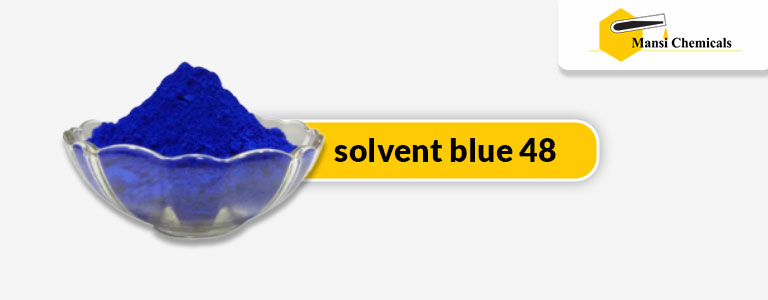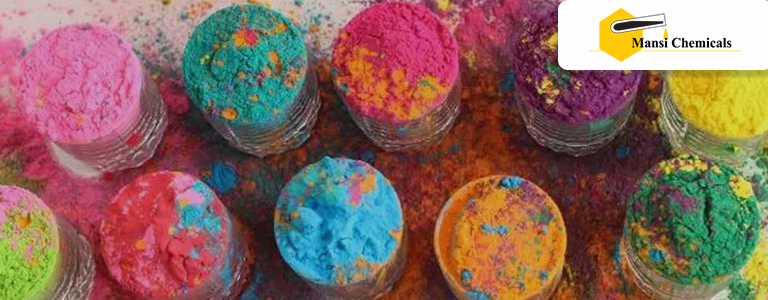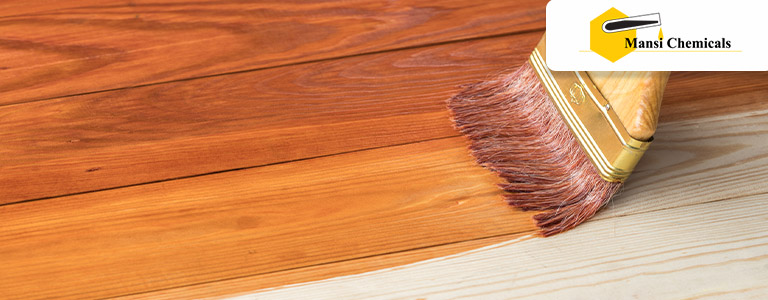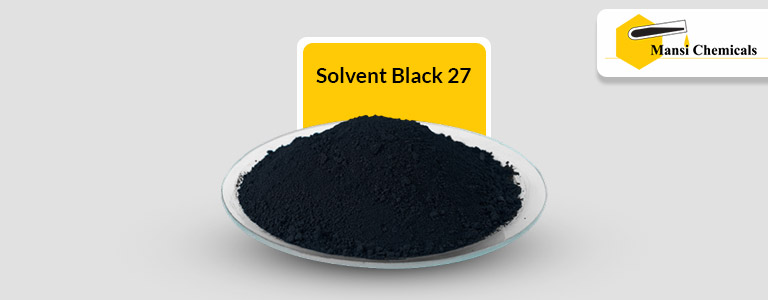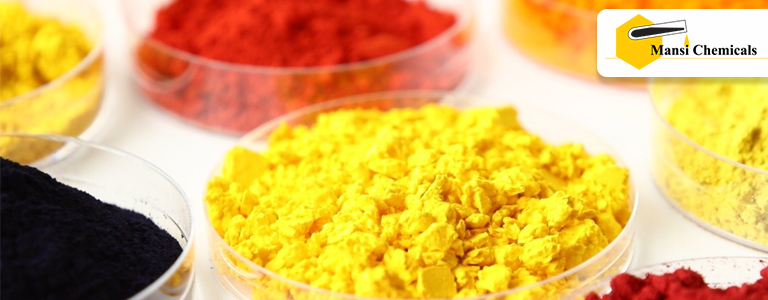From the Mediterranean skies to the ink on pages, blue is a colour that transcends geographical boundaries and captivates the human imagination. But did you know that a particular shade—solvent blue 48—has even deeper cultural and symbolic undertones? Let’s uncover the unique significance of this colour, often produced by top-notch solvent dyes manufacturers like Mansi Chemicals.
The History of Blue and Solvent Blue 48
Once the power of royalty, blue has been popularised over the years, making its way from palaces to commoner’s homes. This includes the unique shade of solvent blue 48, which is found in a myriad of applications—from textiles to plastics.
- Egyptian Roots: Blue, particularly shades close to solvent blue 48, was highly prized in ancient Egypt. It was often linked to divinity and protection.
- European Nobility: In Medieval Europe, this shade resembled the blue seen in heraldic symbols, signifying royalty and valour.
- Indian Festivals: In India, blue is not merely a colour; it’s a spectacle. Shades of blue similar to solvent blue 48 are evident in festivals like Holi, where people throw coloured powders into the air, symbolising the ethereal realm of the gods. Hindu deities like Krishna are often depicted in blue, connecting them to the infinite heavens.
Applications of Solvent Blue 48:
- Wood Stains and Coatings: Ever notice how some wooden tables or floors have a rich, deep colour that just grabs your eye? That’s often thanks to Solvent Blue 48. It’s a dye that’s mixed into wood stains and coatings to make your furniture look extra special.
- Printing Inks: Next time you’re flipping through a colourful magazine or checking out a billboard, remember this: Solvent Blue 48 likely had a hand in making those images stand out. It’s a key ingredient in many printing inks.
- Aluminium Foil Colouring: You know the shiny blue wrapper on some chocolates or food items? That colour comes from Solvent Blue 48. It’s used to make sure the aluminium foil keeps its colour over time.
- Hot Stamping Foil Colouring: Ever seen a book cover or some fancy packaging with shiny, intricate designs? That effect often comes from hot stamping foils coloured with Solvent Blue 48. It keeps those designs looking fresh and bright.
- Paints and Coatings: Solvent Blue 48 isn’t just for objects; it’s for spaces too. Many paints and coatings use this dye to give rooms or art pieces a burst of lasting colour.
- Leather Finishes: Those fancy leather bags and car seats you admire? Solvent Blue 48 often plays a part in making sure they look as good as they feel. It’s often used in leather finishes for that “wow” factor.
- Baking Finishes: Yes, even the world of baking gets a touch of Solvent Blue 48. It’s used to add some colour to baking tins and trays, making them look good enough to eat off of!
- Stationery Ink: That really nice blue ink you use for writing or drawing? There’s a good chance it contains Solvent Blue 48. It’s a common ingredient in inks for pens and markers.
- Plastic Coatings: Finally, think about all the plastic stuff you have—like storage boxes or toys. Solvent Blue 48 is often used to add a pop of colour and make them more durable.
The Integral Role of Solvent Dyes Manufacturers
- Quality Assurance: Solvent dyes manufacturers are like the master chefs of the colour world. Just like a chef carefully selects each ingredient to create a perfect dish, these manufacturers choose quality raw materials to produce vibrant and reliable dyes like Solvent Blue 48. They’re responsible for making sure each dye meets industry standards for colour fastness, durability, and safety.
- Scaling Production: Think of your favourite colour. Now imagine it splashed across millions of products, from magazine covers to car seats. The solvent dyes manufacturers are the ones who make that happen on a large scale. They’re capable of producing huge quantities of dyes without compromising on quality. This is key for meeting the demands of different industries.
- Environmental Responsibility: Many solvent dyes manufacturers are stepping up their game to produce eco-friendly dyes that minimise impact on the environment. This includes safer disposal methods and cleaner manufacturing processes.
Choose Mansi Chemicals for Colourful Possibilities
From your favourite pair of blue jeans to the rich, expressive canvas of a modern art masterpiece, solvent blue 48 has a far-reaching impact on our lives. And who makes this fascinating journey of colour possible? Solvent dyes manufacturers like Mansi Chemicals.
